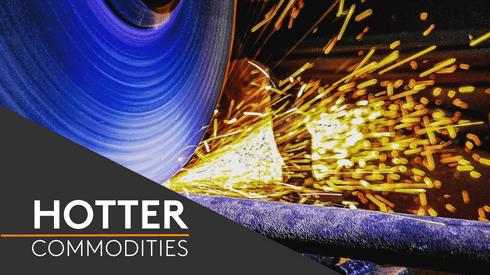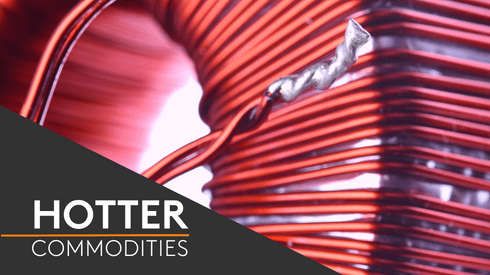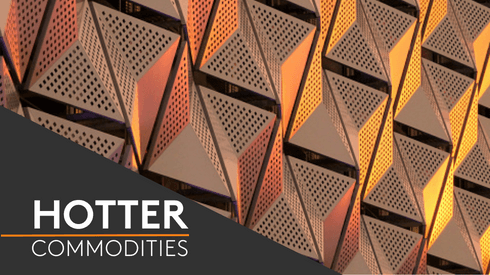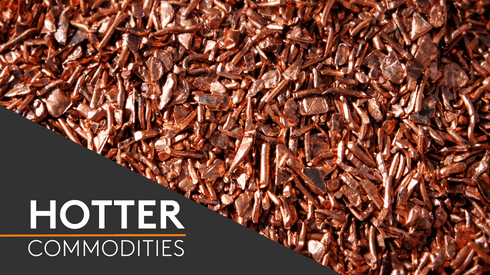“Demand for zinc is rising, reflecting the trend of increasing prices. And we would expect that to continue because of supply-side tightness as well as demand-side growth,” he said. “The consensus right now… is that there is a concentrate shortage, and that is creating a supply-side issue.”
The zinc concentrate market continued to struggle with limited availability of raw materials, putting downward pressure on treatment charges (TCs).
Fastmarkets most recently assessed the zinc spot concentrate TC, cif China, at $(50)-(20) per tonne on September 27, unchanged since August 30 and at its lowest level since the assessment was begun in September 2014.
“It’s our expectation… that the concentrate supply will remain very tight, and in deficit – certainly, for the next year or so,” Green said.
“That is going to affect the ability of some smelters… to produce at full capacity,” he said. “That could create a supply-side [problem] on the metal side as well. It’s all connected, and it could create more supply issues in the longer term.”
At the end of September, almost all Chinese zinc smelters were operating at rates well below their full production capacity, Fastmarkets has heard.
Fastmarkets’ analysts were currently modeling a deficit of 129,000 tonnes in the refined zinc market this year, and a surplus of 41,000 tonnes in 2025.
Zinc demand to rise this decade
“Just from the demand side, there are all kinds of reasons to be bullish on zinc demand,” Green said.
“There was a recent announcement in China, for example, with the government putting massive investment into the economy and infrastructure,” he added.
“What happens in China obviously affects zinc, copper, nickel and all the [other] base metals… so we hope the recent announcement from the government will lead to a positive outcome,” he added. “We forecast that there’ll be growth of just under 700,000 tonnes per year in consumption of zinc by 2030.”
The International Zinc Association expected that energy transition initiatives would increase demand for zinc by 45,000 tpy for batteries, 50,000 tpy for wind power and 550,000 tpy for solar power.
“When [people] think about energy transition, they’re thinking about copper, they’re thinking about nickel, they’re thinking about lithium,” Green said. “They should be thinking about those, but they should include zinc… because zinc plays a critical role in energy transition.”
Green expected further demand growth to come from the automotive sector.
“We would forecast an additional 100,000 tpy going into [the] automotive [sector], and that’s being driven by two regions – India and China,” Green said.
“That has to do with the low usage of galvanized steel in cars [produced in those countries] currently. The global average [use of] galvanized steel in cars is around 90-95%. In India, it’s only around 23%, and in China, it’s around 60%,” he said.
“Those are two of the most densely populated countries on the planet, with growing middle classes [that have] growing purchasing power… So the expectation is that the volume of car sales and the use of galvanized steel is going to increase in those countries as a result,” he added.
Green also expected increasing demand for rebar to create more demand for zinc.
“If you look at factors such as [the use of] galvanized rebar in infrastructure, we have programs around the world… There is a huge opportunity for galvanized rebar to improve safety, increase sustainability and decrease lifetime costs,” he said.
“If we are able to capture just 4% of that overall rebar market with galvanized steel… that [would be] an increase of millions of tonnes of zinc,” Green said. “I’m not saying we’re going to achieve 4% in the next few years, but I do think we’re going to grow toward that.”
Struggling European zinc market
Despite this, demand for zinc was still muted, particularly in Europe, with stagnation in downstream industries resulting in weak demand across the region.
“The European market situation is very different from what we’re seeing in the US [and] in India,” Green said. “It’s certainly more depressed than we’re seeing in the rest of the world.”
Green believed that EU initiatives could help to ease the demand issues and better support the zinc industry in Europe.
“There’s the EU Green Deal, which we support strongly. I think it makes good sense for governments [and] the EU to provide incentives to industry… on a long-term sustainable basis,” Green said.
“If you look at what’s happening in the US with the Inflation Reduction Act and other [legislation] to support growth in infrastructure [and] energy transition,” he added, “such things could be replicated in Europe, and that would help to address the economy and demand aspects.”





